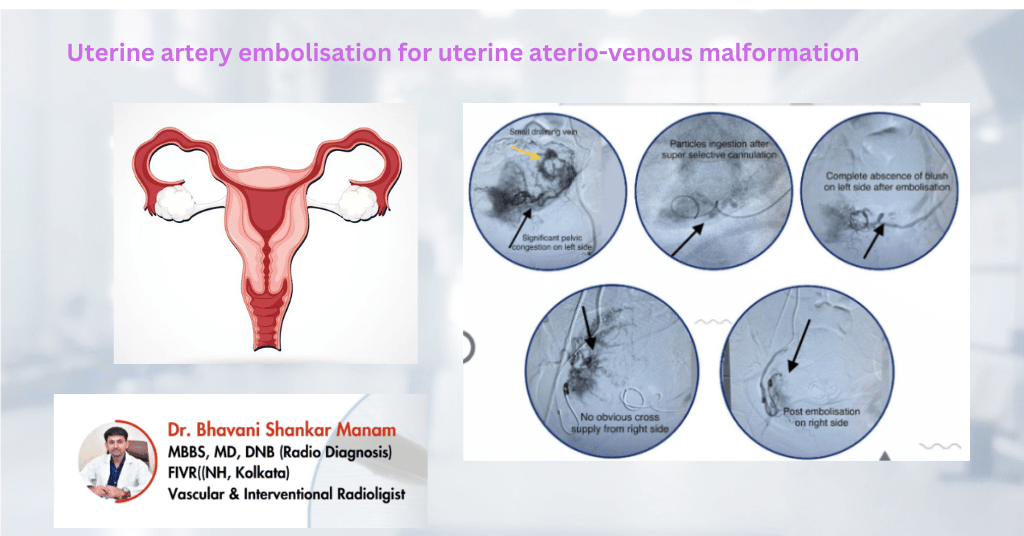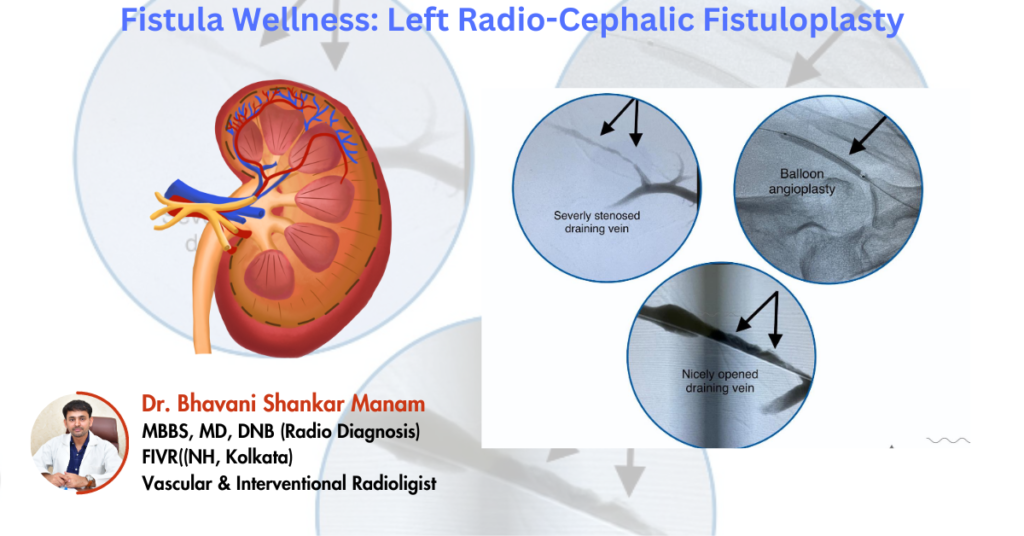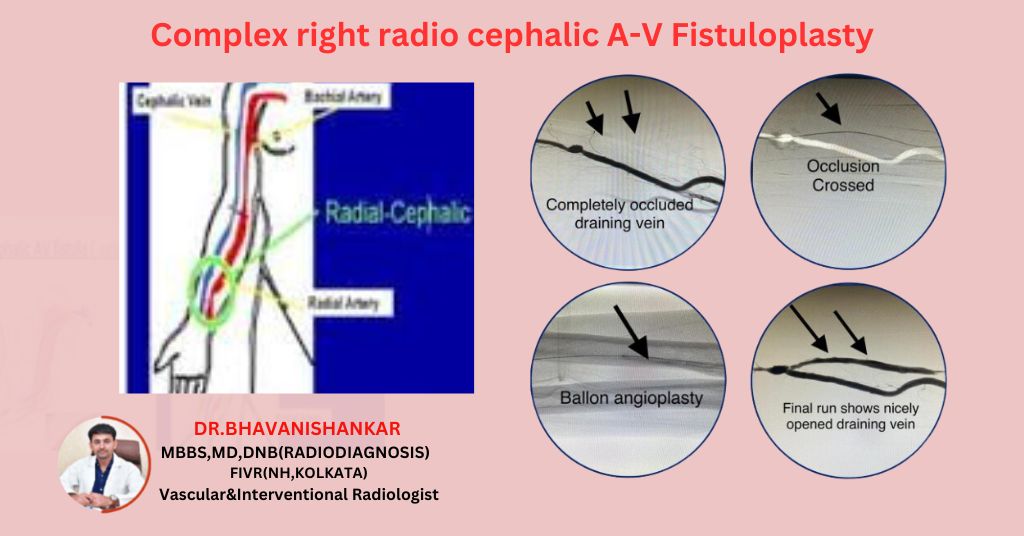Restoring Blood Flow: The Importance of Bilateral Renal Artery Stenting
When the intricate network of renal arteries narrows or becomes obstructed, kidney function and overall health can be seriously affected. emerges as a vital intervention for those struggling with renal artery stenosis. This procedure offers a solution to restore essential blood flow to both kidneys and protect long-term health. In this article, we explore the significance of treatment and its impact on patients’ lives.
What is Renal Artery Stenosis?
Bilateral renal artery stenosis refers to the narrowing of the arteries supplying blood to both kidneys. This condition can compromise kidney function, potentially leading to complications such as high blood pressure or even kidney failure. Thus, understanding renal artery stenosis is crucial for recognizing the benefits of timely intervention.
The Stenting Procedure: A Minimally Invasive Solution
As a minimally invasive procedure, renal artery stenting involves placing small mesh stents in the narrowed arteries. These stents open up the pathways, thereby restoring blood flow and alleviating symptoms associated with renal artery stenosis. Additionally, the process typically includes careful imaging guidance and precise catheter placement, making it a safe option for patients.
Why Choose Bilateral Renal Artery Stenting?
The advantages of bilateral renal artery stenting are extensive. By enhancing blood flow, this procedure can improve kidney function and lower blood pressure. Moreover, it significantly reduces the risk of serious complications such as heart attack or stroke. Furthermore, the minimally invasive approach leads to quicker recovery times and fewer post-operative complications compared to traditional open surgery.
Patient-Centered Care: Supporting Recovery and Wellness
A patient-centered approach is essential throughout the journey of bilateral renal artery stenting. From the initial evaluation to follow-up care, a dedicated medical team provides comprehensive support. They focus on tailored treatment plans that optimize outcomes and enhance each patient’s quality of life.
Conclusion: A Promising Future in Renal Health Management
Bilateral renal artery stenting exemplifies advancements in interventional radiology. It provides patients with a reliable option for managing renal artery stenosis. By restoring critical blood flow, this procedure brings hope to individuals at risk. Thus, it underscores the role of medical innovation in promoting a healthier future. For more information or to discuss potential treatment options, contact us.



